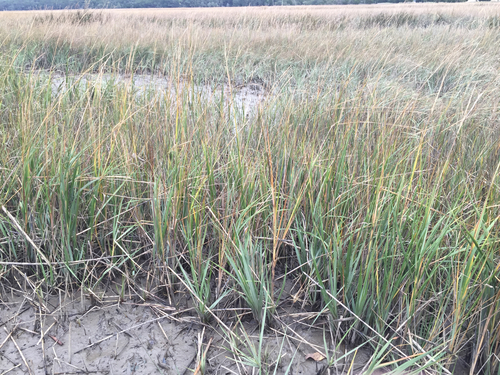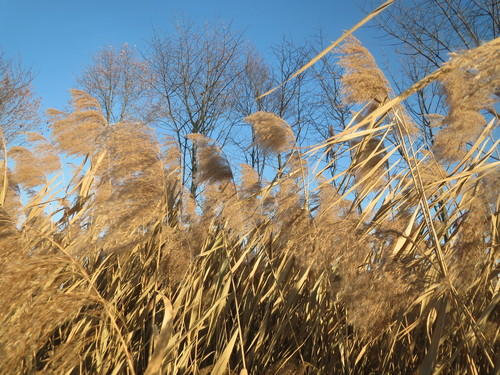My Garden

| Category | Details | |
|---|---|---|
| Estimated Plant Lifespan | 1 year lifespan | |
| Sun Requirements | 6+ hours direct sunlight (Full Sun) | |
| Pollination | Method: animal Notes: Primarily pollinated by insects, especially bees and butterflies. | |
| Watering Requirements | Method: top water Frequency: Keep soil consistently moist, especially during dry periods. Notes: Tolerates saline conditions, so watering with slightly salty water is acceptable. | |
| Humidity Requirements | Level: moderate | |
| Cleaning Requirements | Deadhead spent flowers to encourage continued blooming and prevent excessive self-seeding. May require support in windy areas to prevent flopping. | |
| Temperature Range | Min: -5°C Max: 35°C |



Phragmites australis can outcompete Symphyotrichum subulatum for resources due to its aggressive growth and dense stands, limiting the aster's access to sunlight and nutrients.

Cattails can aggressively spread and shade out smaller plants like Symphyotrichum subulatum, reducing their access to sunlight and space.
Aphids are small, sap-sucking insects that can weaken plants by feeding on their foliage. Infestations may result in stunted growth, leaf curling, and the secretion of honeydew, which can attract sooty mold.
Spider mites are tiny pests that suck sap from plant leaves, causing a stippled or bronzed appearance. Heavy infestations can lead to leaf drop and overall plant decline.
Steps:
- Collect seeds from mature plants in the fall.
- Direct sow seeds in early spring after the last frost, or start indoors 6-8 weeks before the last frost.
- Press seeds lightly into the soil surface and keep moist until germination.
- Transplant seedlings outdoors once they are large enough to handle, spacing them appropriately.
Neem Oil
Effective natural insecticide for controlling aphids and spider mites.
Diatomaceous Earth
Natural pest control option that can be sprinkled around plants to deter crawling insects.
